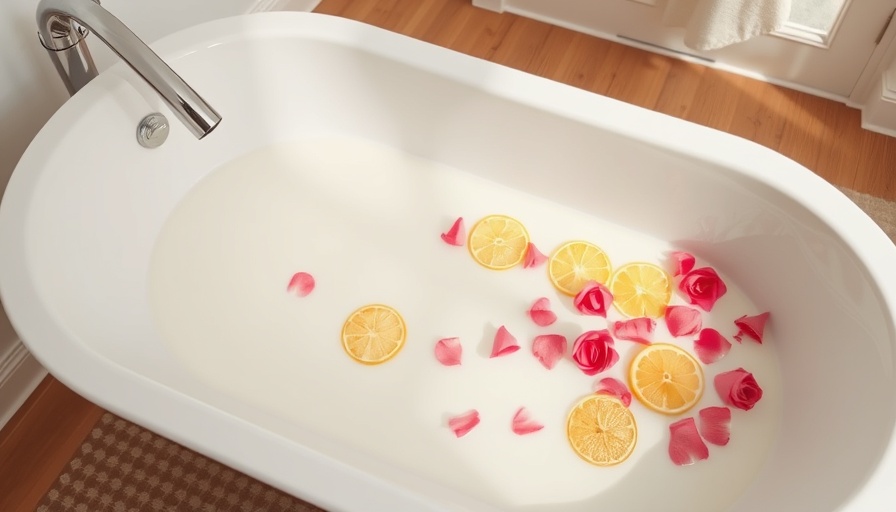
Why Choose Tongue and Groove Flooring?
When it comes to achieving that elegant hardwood look without breaking the bank, tongue and groove flooring is a stellar option. This flooring type offers a stylish aesthetic alongside practical benefits, allowing homeowners to upgrade their spaces efficiently.
Understanding Tongue and Groove Flooring
Tongue and groove flooring is characterized by its interlocking design, where one plank has a protruding 'tongue' and the opposing plank features a corresponding 'groove.' This simple yet effective system makes installation a breeze, making it a favorite among DIY enthusiasts and professional installers alike.
Preparation is Key to Successful Installation
The installation process for tongue and groove flooring might seem straightforward, yet proper preparation is crucial. Begin by ensuring that your subfloor is clean and level before laying down the underlayment; this step is essential to prevent squeaks and allow for moisture protection. An added layer of underlayment helps in cushioning the floor, which is particularly important if you’re laying down flooring over concrete.
Choosing Quality Materials
While tongue and groove flooring is often more affordable than solid hardwood, quality can vary widely. Opting for high-quality engineered wood or solid wood flooring will ensure durability, enhancing the overall longevity of your installation. Remember, not all planks are created equal, so you'll want to select wisely to avoid premature wear and tear.
Common Misconceptions About Installation
One common myth about tongue and groove flooring is that it’s automatically easy to install. While the interlocking system simplifies the process, challenges can arise, particularly for newcomers. Installation can require patience, especially when ensuring that the tongue fits smoothly into the groove without forcing it, which can damage the planks. Being methodical during installation will yield much better results.
Planning for Obstacles
When installing your new flooring, measure carefully around obstacles such as doorways and vents, ensuring a snug fit. Transition strips may be necessary for smooth transitions between different types of flooring or varying heights, ensuring a polished look.
Final Touches for a Professional Finish
After installation, don’t skip out on the finishing touches! Filling in nail holes with wood putty and reinstalling baseboards can greatly enhance your floor's presentation. Keeping the flooring clean and maintaining it will further elevate its appeal, providing an inviting atmosphere in your home.
In Conclusion: Transform Your Space with Confidence
Now that you're equipped with essential insights into installing tongue and groove flooring, you can confidently approach your next home improvement project. Whether you're upgrading an old space or creating a new ambiance, this flooring option brings both style and functionality to your home.
Ready to transform your space? Choose quality tongue and groove flooring today and elevate your home’s aesthetic!
 Add Row
Add Row  Add
Add 




Write A Comment